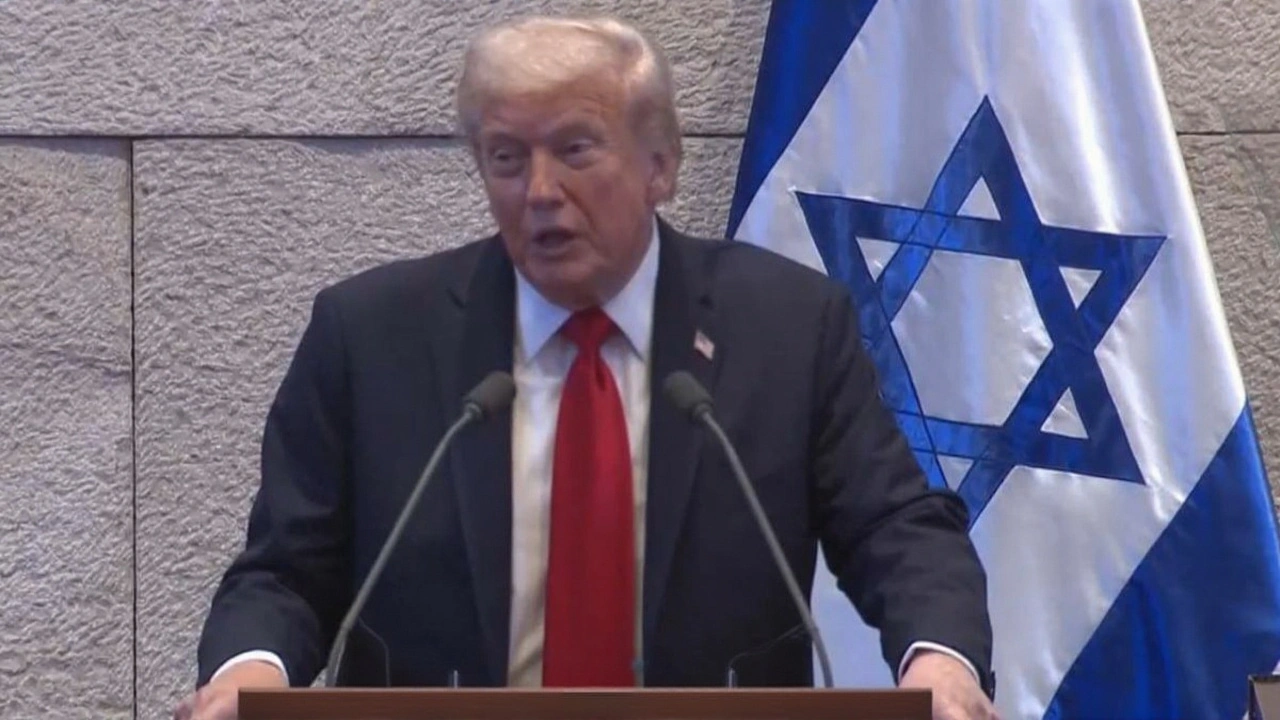Israel Water Innovations and What They Mean for South African Schools
When you hear "Israel" and "water" together, you probably think of cutting‑edge tech, desert farms, and desalination plants. Those same ideas can make a real difference in South African schools, where clean water is still a daily challenge.
First, let’s look at why Israel is a leader in water. Decades of drought pushed the country to recycle almost 90% of its wastewater. The water is cleaned, tested, and then used for irrigation, industry, and even drinking in some areas. This closed‑loop system cuts demand on fresh sources and keeps supply steady.
Key Israeli Water Strategies
One big tool is drip irrigation. Tiny tubes deliver water directly to plant roots, reducing waste by up to 70% compared with sprinklers. Schools with gardens can adopt cheap kits that plug into existing taps. The result is healthier plants, lower water bills, and practical lessons for students.
Another strategy is modular desalination units. Small‑scale plants can turn brackish groundwater into safe drinking water for a handful of classrooms. They are powered by solar panels, so operating costs stay low. Several pilot projects in Israel show that a unit the size of a fridge can supply a 200‑student school.
Israel also runs "water reuse schools" where grey‑water from sinks is filtered and reused for toilet flushing. Sensors monitor water quality in real time, alerting staff if something goes wrong. The technology is simple enough for maintenance staff to handle after a short training.
Applying These Ideas in South African Schools
Start small. Ask your school board if a drip‑irrigation kit can be added to the school garden. The kits cost under $200 and can be installed in a single afternoon. Teachers can turn the garden into a science lab, tracking how much water each plant uses.
If your school sits near a saline aquifer, talk to local engineers about a pilot desalination unit. A shared unit can serve neighboring schools, spreading the cost. Look for government grants that support renewable‑energy projects – many are earmarked for water and education.
For water reuse, the first step is to install a basic filtration tank under the bathroom sinks. The tank separates solids, then uses a UV lamp to kill bacteria. This set‑up can cut toilet‑water use by 30% and the maintenance checklist fits into existing janitorial routines.
Training is key. Israel’s success comes from empowering local technicians with hands‑on workshops. Partner with a nearby university or NGO to run a one‑day course for your maintenance crew. They’ll learn how to test water quality, replace filter cartridges, and troubleshoot sensors.
Finally, involve students. Let them track water usage on a board, celebrate the days you save the most water, and share results with the community. When kids see the impact, they become champions for change.
Israel shows that smart tech, reuse, and community involvement can turn water scarcity into an opportunity. By adapting these ideas, South African schools can provide safer, cleaner water while teaching the next generation about sustainability.
Ready to start? Contact your local education department for pilot funding, gather a small team of teachers and staff, and pick one of the strategies above. Small steps now build a stronger water future for every learner.

Trump Declares 'War Is Over' in Knesset After Final Gaza Hostages Freed
- by Masivuye Mzimkhulu
- on 13 Oct 2025
Trump declares the war over in a Knesset speech on Oct 13, 2025, after the final Gaza hostages are freed. The US‑brokered ceasefire reshapes Israel‑Hamas dynamics and regional politics.

Israel detains 400+ activists after Gaza aid flotilla interception
- by Masivuye Mzimkhulu
- on 3 Oct 2025
Israeli Navy seized over 400 activists, including Greta Thunberg, from the Global Sumud Flotilla near Gaza, sparking worldwide protests and legal debate over the Gaza blockade.